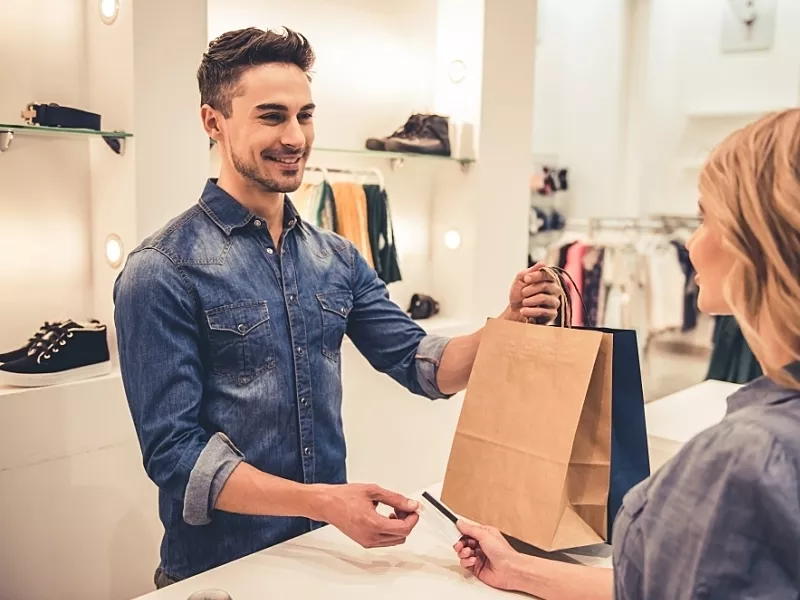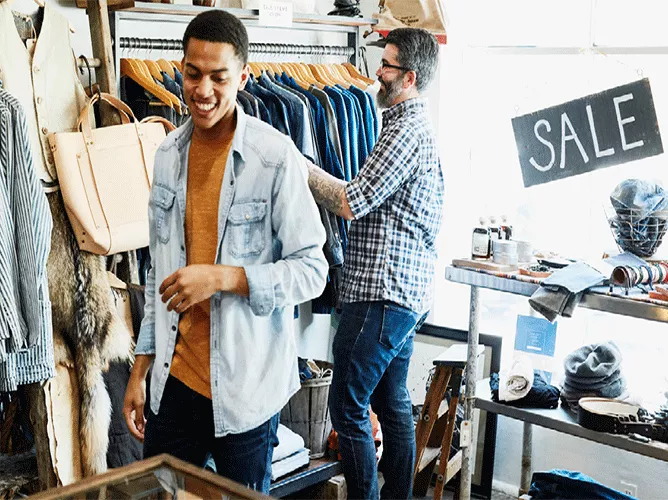Chronicles of the New Normal: Retailer Push to Digital
Let us imagine the world has left behind the worst of Covid-19. No doubt, life has changed, and governments, companies and individuals are adapting to a “new normal.” Our Chronicles series helps readers understand what is likely to be different in a post-Covid world. We also look at how players in the payments ecosystem are already adapting today to successfully emerge from this unprecedented shock to the economy and our daily lives.
This week’s focus is on the retailer push to digital. Consumers have had to change their daily behaviors in 2020 and retailers have similarly adapted their operations and their consumer experience strategies. Many of these shifts will likely continue to evolve in 2021. Retailers are undertaking several initiatives in response to Covid and we look at trends to watch in what may become the “new normal” for all retailers.
Shift from Wants to Needs
Prior to Covid, consumers had the luxury of having most goods and services readily available for purchase. Once Covid hit, many retailers experienced disruptions across their operations from the more-consumer facing aspects (stores) to their supply chain (fulfillment centers). This made many simple household items like toilet paper and cleaning supplies difficult to obtain for most consumers, and when combined with government safety regulations, exposed consumers to the reality that most goods and services are “non-essential.”
As consumers are forced to change their customary shopping behavior to be more digitally centric, they may end up enjoying certain aspects of the change such as the convenience of ordering online, from home or virtually anywhere, and permanently shift their behavior in the “new normal.” Major retailers have taken notice and are re-evaluating their digital strategy in this new environment.
A large retailer that works with Mastercard saw interest surge in its grocery app due to Covid and is revisiting plans for merging it with their other digital assets. Other large retailers are leveraging innovative digital capabilities like augmented reality to provide “try-before-you-buy” experiences for their consumers that address typical pain points associated with large purchases.
Retailers will need to continue to monitor ecommerce growth and how Covid changes the definition of a best-in-class customer experience. Prior to Covid, consumers increasingly expected retailers to create seamless customer experiences. This often meant leaning on digital capabilities to create a seamless, omni-channel experience by linking different aspects of the customer journey more closely and reducing friction where possible. It’s no surprise that some retailers were better at this than others and often reaped the benefits. However, given health concerns, that expectation is quickly becoming a requirement for all retailers in order to operate.
Below are a few examples of how some retailers are re-imagining the customer experience.
Curbside Pickup: Although online shopping is usually a fast, reliable and contact-free method of purchasing goods, many stores are experiencing significant shipping delays because of high demand. Some are allowing customers to pick up their online orders safely via curbside pickup.
Last-mile Delivery: Non-grocery retailers have partnered with Instacart this year to build out their delivery capabilities. In addition to curbside pickup, their customers have the option of getting orders delivered to their doorstep from their local store.
In-store Appointments: Torn between the need to reopen stores and providing consumers a sense of safety, some retailers are allowing customers to shop in-store via appointment only. For example, retailers that sell big-ticket items like appliances, allow customers to shop in blocks of 30 minutes to limit the number of people in stores
In-home Appointments: Since retailers need to limit their store capacity and consumers are reluctant to shop in-store, other more boutique brands are managing costs through virtual appointments. For example, a top ready-to-wear boutique built out its digital capabilities to allow consumers to set up at-home appointments with a stylist rather than having them make a trip to the store.
Direct-to-Consumer (DTC) Subscription Models: Many US consumers gravitated to subscription-based products early in the Covid crisis and several DTC retailers were quick to capitalize. Some of them quickly saw double-digital subscriber growth when shelter-in-place mandates went into place.
The New Normal for Retailers?
It’s unclear how different life will be post-Covid, but retailers that build on innovation stemming from the pandemic will fare better in the new normal. Thus, the key question for retailers becomes which innovation is worth incorporating or expanding in their operations. Here are some of the key trends to watch.
Curbside Pickup: The convenience factor provided by this service could enable its survival. While borne out of necessity, it appears to have long-term appeal as consumers enjoy leaving their home, even for quick pickups
In-store Appointments: Continuing this service provides retailers, especially high-end ones, a strong signal of a consumer’s intent to purchase and an opportunity to engage customers in a very personalized way.
In-home Appointments: While perhaps more niche than mass appeal, a segment of the population may appreciate the personal nature of services brought to the consumer’s home.
Of course, these recommendations are broad, and every challenge and every organization is different. For more guidance on empowering your organization to be more digitally centric, reach out to Raul Escribano.












